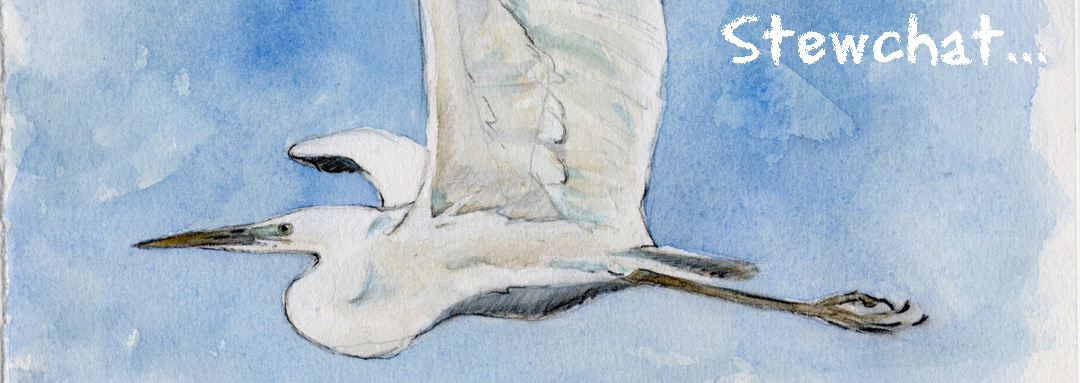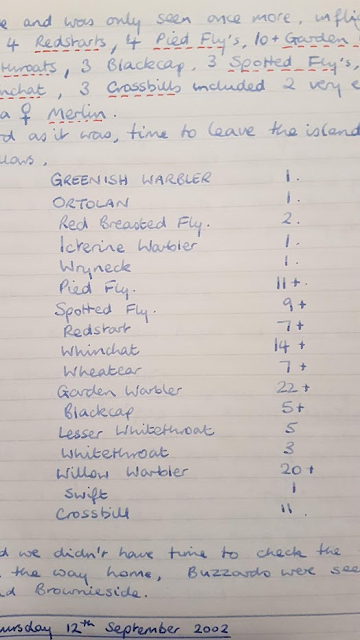I'm being neglectful again. 14th August and no blog posts this month!
So, whats been going on over the past fortnight?
The month began with a bit more seawatching. Despite reasonable conditions it
remained a bit underwhelming really for example, on 3rd an early hour had 3
Manx, 2 Arctic Skuas, 5 Roseate Terns, 13 Common Scoter and a Bonxie. The
hundreds of Gannets and Kittiwakes gave a false impression.
Later that day, another afternoon hour was pretty much the same.
On the 6th another two watches , one for 2hrs from 6.40am had 6 Roseates, 2
Common, 6+ Arctic and 8+ Sandwich Terns, 1 Arctic Skua, 1, yes 1 Manx, 3
Puffin, 10 Common Scoter and the watch saviour a year tick when 3 summer
plumaged Bar tailed Godwits flew N.
This watch was accompanied by an influx of weed smoking, chav, mackerel
anglers. Nice.
An hour after work on Wednesday 9th was a bit better with 124 Manx N , 5 Sooty
Shearwaters N, 3 Arctic Skuas N, 1 Bonxie N, 4 Common Scoter N, 3+ Puffins N
and a Whimbrel.
Other than the seawatches, not much has been happening. A trickle of
yellow Willow Warblers through the village and a lone Peregrine just offshore
one morning were about it.
On the moth sugar table, nightly, up to 3 Old Lady have been feeding with a
few Yellow Underwings, Dark Arches and Rustics. Interestingly I've found Old
Lady twice last week on buddleia flowers after dark, not something I've seen
before. Holly Blues are going strong in the garden alongside another 9 species
in reasonable numbers.
In the trap a few early autumn species kicking in -

|
|
Dark Marbled Carpet
|

|
| Grey Chi x 2 |

|
|
Pammene aurita, only my 2nd after one last year.
|

|
|
Pebble Prominent, well you have to...
|

|
|
Ypsolopha scabrella, not a common or even regular moth in my garden.
|





















